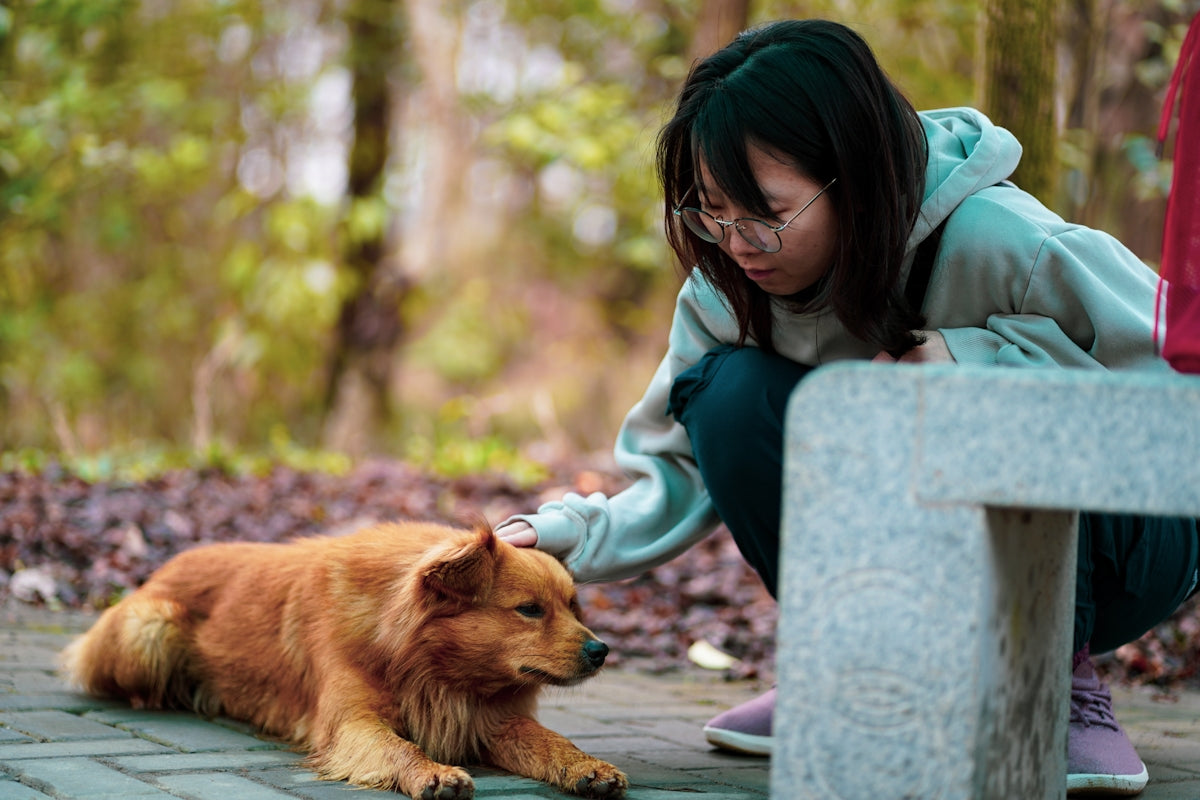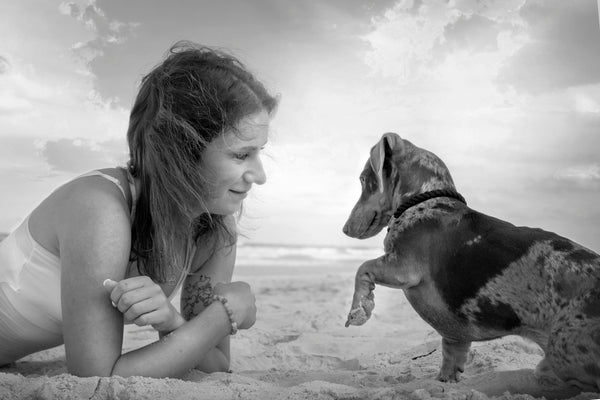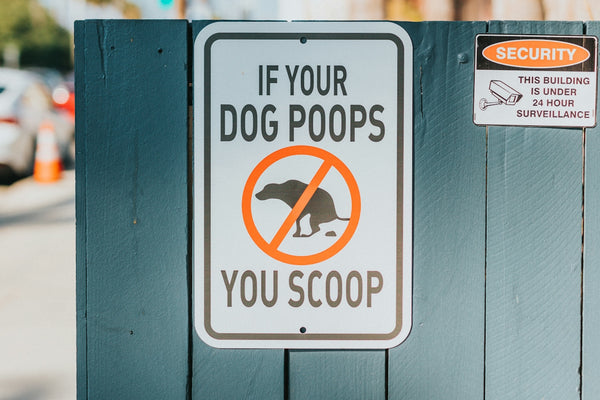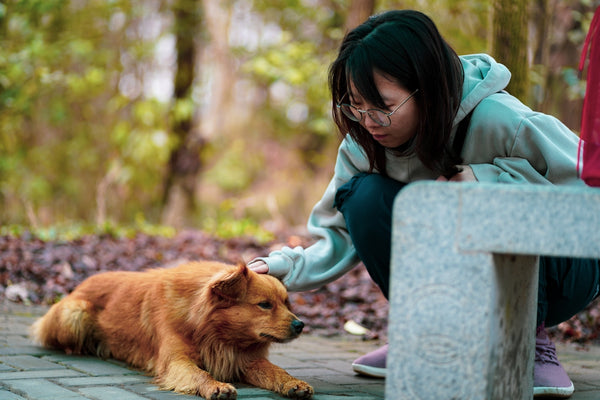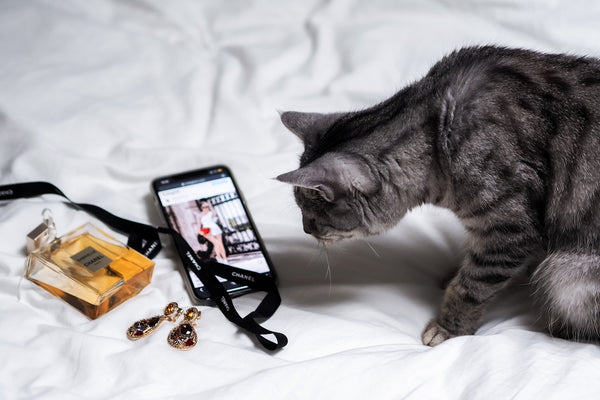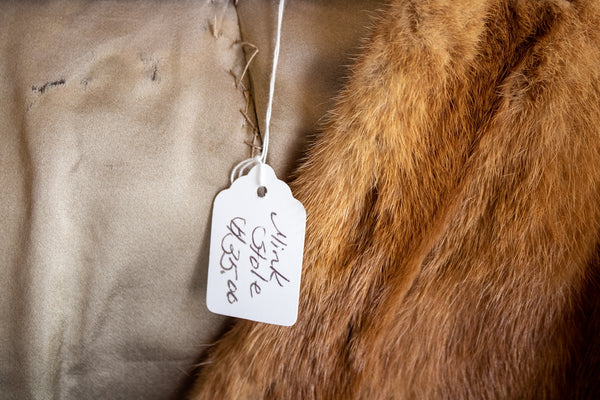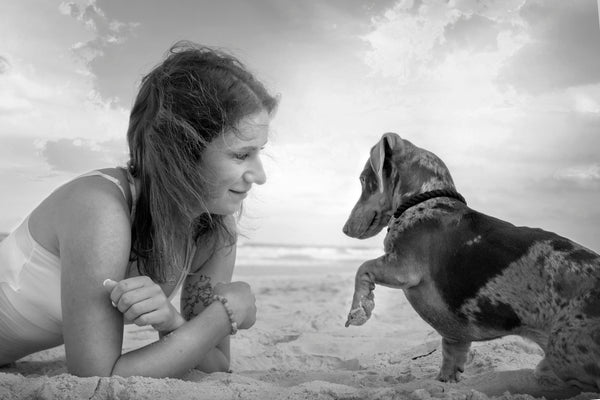As the temperature drops and the days become shorter, winter provides a unique opportunity to strengthen the bond with your pet by teaching them new tricks. Whether you have a playful pup or a curious cat, indoor training can be a fun and rewarding way to engage with your furry friend during the colder months. This guide will walk you through the process of training your pet in wintertime, offering tips, advice, and product recommendations to enhance your experience.
Visit MyPetCollective for a plethora of pet products that can help in your training endeavors.
Understanding the Basics of Pet Training
Before diving into specific tricks, it's important to understand the basic principles of pet training. Winter training, like any other season, requires patience, consistency, and a positive attitude. Here are a few foundational guidelines to consider:
1. Positive Reinforcement
Pets are motivated by rewards. Whether it's treats, praise, or playtime, positive reinforcement encourages them to repeat desired behaviors. Consider using treats like the Delicious 8-In-1 Chicken Multivitamin Mini Bites for Small Dogs as rewards. These nutritious bites not only serve as a treat but also support overall health.
2. Timing is Everything
Ensure that the reward is given immediately after the desired behavior occurs. This helps your pet associate the action with the reward, reinforcing the learning process.
3. Consistency
Consistent commands and schedule help your pet understand what is expected. This is particularly important in winter when daylight hours are shorter, and routines may be altered.
4. Adapt to Your Pet's Needs
Every pet is unique. Cats and dogs learn differently and at their own pace. Recognize and adapt to their abilities and comfort levels when introducing new tricks.
Preparing for Winter Training
Once you have a grasp of the basics, the next step is preparation. Here are a few suggestions to create an ideal training environment in your home:
1. Create a Comfortable Space
Set up a dedicated area indoors where you can train without distractions. Ensure that this space is safe and free from hazards.
2. Gather Supplies
Essentials such as treats, leashes, or harnesses will be needed for effective training. The No Pull Dog Harness Front Clip Heavy Duty Reflective Easy Control Handle for Large Dog Walking is ideal for large breeds who may benefit from controlled training sessions.
3. Assess Your Pet’s Health
Training should be a fun, stress-free experience for your pet. Assess their health to ensure they're ready for learning. Probiotic treats such as the Delicious Probiotic Chews for Dogs - 170 Digestive Enzymes & Prebiotics for Optimal Gut Health or Cat Probiotics Chews - Crunchy & Creamy Treats for Gut & Immune Health can boost your pet’s immune system during winter, keeping them healthy and energetic.
Teaching New Tricks
With an understanding of training basics and a prepared environment, you can start teaching your pet new tricks. Below are some fun and enriching tricks to try this winter:
For Dogs
1. Shake Hands
One classic trick is teaching your dog to shake hands:
- Step 1: Start by having your dog sit.
- Step 2: Hold a treat in front of them and allow them to sniff it.
- Step 3: Slowly raise the treat, encouraging your dog to lift their paw.
- Step 4: Once they do, "shake" their paw with your hand and give them the treat.
- Step 5: Repeat the process, adding the verbal cue "shake."
2. Spin
- Step 1: Hold a treat near your dog’s nose and slowly move your hand in a circle.
- Step 2: As your dog follows the treat, they will naturally spin.
- Step 3: Once they complete a circle, praise and give the treat.
- Step 4: Introduce a verbal cue like "spin" as they perform the trick.
For Cats
1. High Five
Cats can learn to high five, which is both adorable and rewarding:
- Step 1: Hold a treat just above your cat's head, close to their paw.
- Step 2: Encourage them to reach up and tap with their paw.
- Step 3: Once they do, praise them and offer the treat.
- Step 4: Gradually introduce the command "high five" as they perform the action.
2. Sit
Unlike dogs, teaching a cat to sit requires some patience:
- Step 1: Hold a treat close to your cat’s nose.
- Step 2: Slowly lift it above their head, naturally guiding them into a sitting position.
- Step 3: Once sitting, use the command "sit" and give them the treat.
Overcoming Winter Challenges
Winter training can present unique challenges such as shorter daylight hours and limited space. Here are some strategies to keep in mind:
1. Stay Active Indoors
Keep your pet active with indoor exercises and games in addition to training. This maintains their physical health and prevents cabin fever.
2. Monitor Health Closely
Ensure your pet is well-fed and in good health. Proper nutrition and supplements can be instrumental. Consider Delicious 8-In-1 Chicken Multivitamin Mini Bites for Small Dogs to aid in achieving balanced nutrition.
3. Adjust Routine as Needed
Flexibility in your training routine is important. Changes in weather can lead to changes in energy levels, so adjust accordingly.
Conclusion
Teaching your pet new tricks in wintertime provides an excellent opportunity to bond and keep them active in the colder months. By understanding the basics, preparing your environment, and introducing fun tricks, you can ensure your furry friend remains engaged and happy.
Explore more about products that can support and enrich your pet training journey by visiting MyPetCollective.
Happy training!
Disclaimer: The effectiveness of teaching new tricks depends on your pet’s individual personality and learning pace. Always ensure that training sessions are positive experiences and adjust based on your pet’s comfort and capability.
